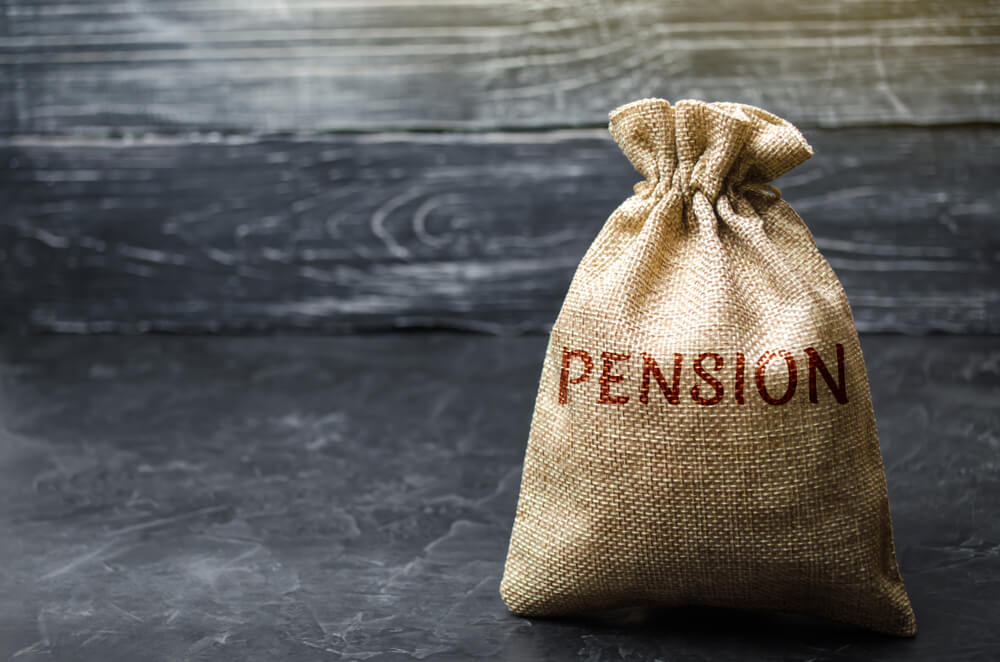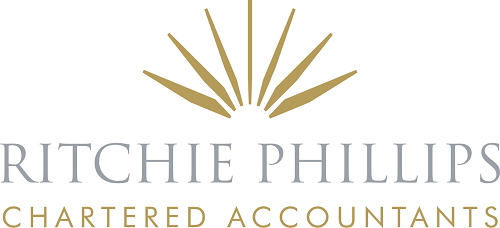Following this year’s Spring and Autumn Budgets, in this post, we take a quick look at how the provisions of both may affect you when it comes to your investments and pensions.

Tax Efficient Investments
Green National Savings and Investment (NS&I) product
In the Spring Budget 2021, the government announced a green retail savings product through NS&I. The Bonds are now available to buy online and offer savers a chance to support green projects at a fixed rate of 0.65% pa over a three-year term. The Bonds are available to those aged 16 or over, with a minimum investment of £100 and a maximum limit of £100,000 per person. The interest is taxable in the tax year the Bond matures.
The UK’s inaugural sovereign green bond (or ‘green gilt’) was launched in September 2021, and was followed by a second issuance in October 2021. They are the first sovereign green retail product of their kind in the world.
Cultural relief
The government has announced that it will temporarily increase cultural tax reliefs for theatres, orchestras, museums and galleries across the UK from 27 October 2021 to 31 March 2024, increasing the relief organisations can claim as they invest in new productions and exhibitions.
Changes will also be introduced to better target the cultural reliefs and ensure that they continue to be safeguarded from abuse. These will apply from 1 April 2022.

Pensions
Increase to the normal minimum pension age
The current earliest age at which most pension savers can access their pension savings without incurring a tax charge is age 55. From April 2028 this earliest age will rise to 57.
This measure will affect individuals born after 5 April 1973 whose earliest date to access their pension benefits will see a two-year delay to those born on or before that date.
Pensions – Scheme Pays
Although there are no limits to how much an individual can save or accrue in a
registered pension scheme, there is an overall limit on the amount of an individual’s tax-relieved annual pension savings or accrual which includes employer contributions. This is known as the annual allowance and the standard annual allowance is currently £40,000, but in some circumstances, this is reduced, with the maximum reduction taking it down to £4,000.
An individual’s unused annual allowance from the three previous tax years can be carried forward and added to the annual allowance. However, if the individual’s pension savings for the tax year exceed their annual allowance, the annual allowance tax charge is applied to the excess.
Although this tax liability would normally be the individual’s liability it is possible for them to elect for the pension scheme administrator to be jointly liable.
Where an individual has inputted more than the overall limit and their annual allowance charge exceeds £2,000 the individual can request that their pension company pays the charge for them in return for an equivalent reduction in the value of their pension pot. This is called mandatory Scheme Pays.
From April 2022 there will be a change to the rules for certain pension schemes to remove anomalies where the tax charge has arisen due to a retrospective change of facts, the tax charge is £2,000 or more and the individual requests the pension scheme pays the amount. This measure applies retrospectively from 6 April 2016.
You should contact us before taking any action as a result of the contents of this post, or if you need any further help or support.
